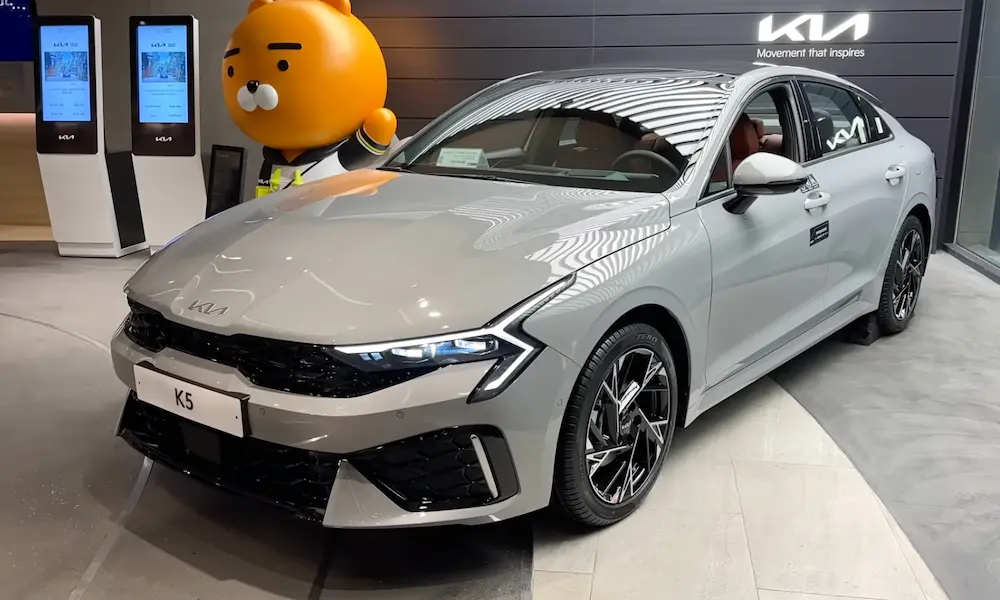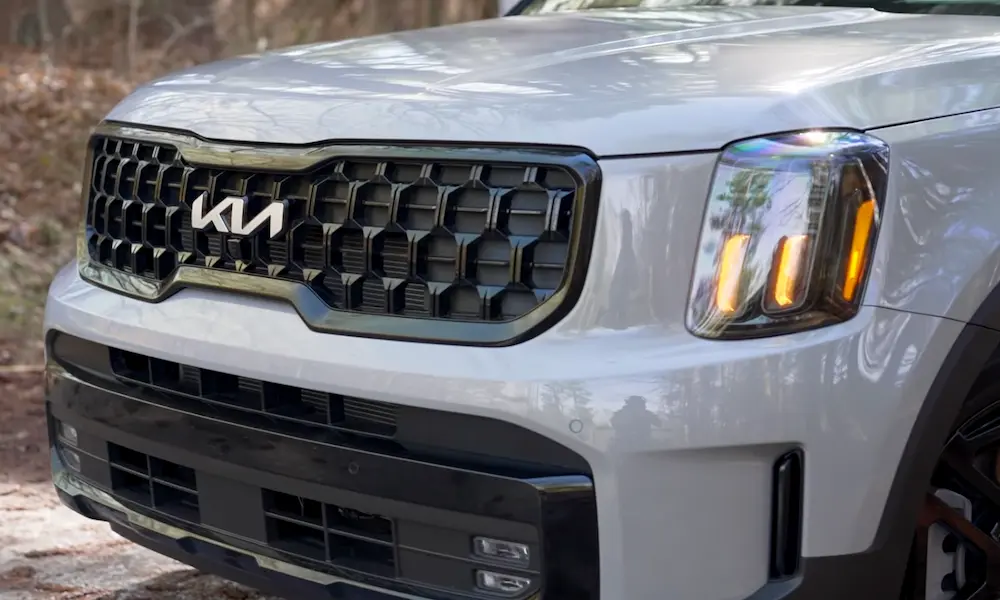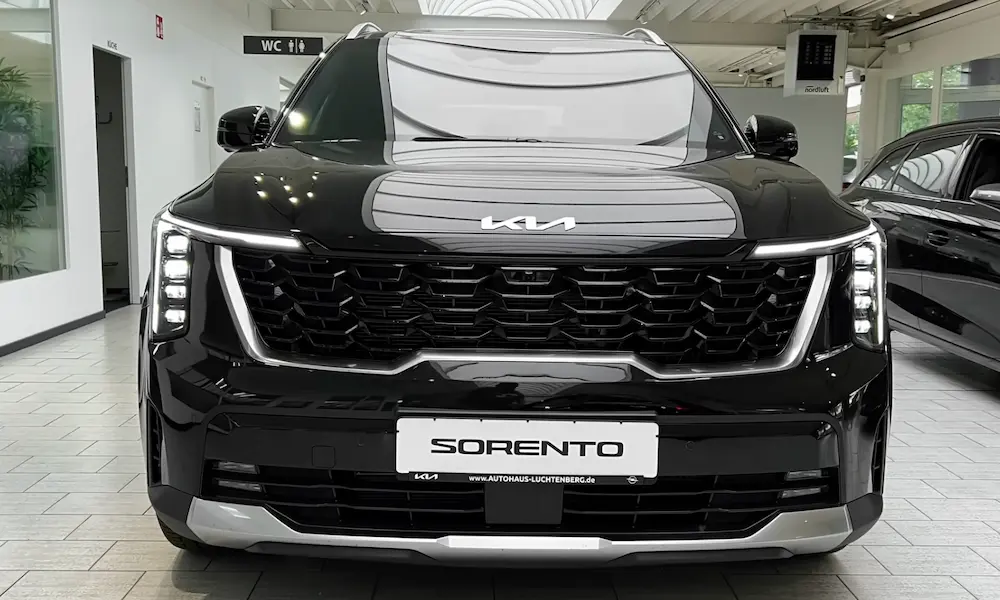Ever wonder why your Kia service advisor just quoted you $400 for those brake pads when you thought you had that amazing warranty? You’re about to discover exactly what falls outside Kia’s warranty protection. While Kia offers one of the industry’s best warranties (that famous 10-year/100,000-mile powertrain coverage), knowing where the protection stops is just as important as knowing what’s covered.
This guide breaks down everything Kia won’t pay for, helping you budget properly and avoid those “but I thought it was covered” moments at the service center. Let’s dive into what’s excluded from your Kia warranty and how to protect yourself from unexpected repair bills.
Normal Wear and Tear Items
When it comes to parts that naturally deteriorate with use, Kia draws a clear line. These components are designed to wear down gradually—it’s not a defect, it’s just physics.
Brake Components
Your brake pads and rotors face friction every time you tap that pedal. Kia only covers these components for the first 12,500 miles. After that, replacements come from your pocket. A typical brake pad replacement runs $150-$300 depending on your model.
The same applies to brake rotors, which typically last longer but eventually need replacing at your expense. Driving habits directly impact how quickly these wear (those quick stops at yellow lights add up).
Tires and Wheels
Tires fall under separate manufacturer warranties, not Kia’s coverage. Most tire manufacturers offer their own limited warranty for defects, but normal wear from road contact isn’t included by either party.
Wheel alignments and balancing? Also your responsibility, even though proper alignment prolongs tire life and improves fuel efficiency.
Wiper Blades and Filters
These items deteriorate with regular use and exposure:
- Wiper blades (usually need replacement every 6-12 months)
- Air filters (typically every 15,000-30,000 miles)
- Cabin air filters (usually every 15,000-25,000 miles)
- Oil filters (with every oil change)
All these maintenance items fall outside warranty coverage, regardless of how quickly they wear out.
Routine Maintenance Costs
Regular maintenance keeps your Kia running smoothly, but the warranty won’t pay for these scheduled services.
Fluid Changes and Inspections
Your Kia requires regular fluid changes to maintain optimal performance:
| Maintenance Item | Typical Interval | Average Cost |
|---|---|---|
| Oil Change | 7,500-8,000 miles | $40-$90 |
| Transmission Fluid | 30,000-60,000 miles | $100-$250 |
| Coolant | 30,000 miles | $100-$150 |
| Brake Fluid | 30,000 miles | $80-$130 |
Missing these services can void your warranty for related components. For instance, skipping oil changes might invalidate engine warranty claims if Kia determines that negligence caused the problem.
Software and System Updates
Modern Kias have sophisticated electronics requiring occasional updates:
- Navigation system maps
- Infotainment software
- Bluetooth connectivity improvements
- UVO system updates
Unless these updates address a manufacturing defect, they’re not covered under warranty. Some dealers charge $100+ for major software updates.
Damage from External Factors
Your Kia warranty doesn’t cover damage that comes from outside forces or environmental conditions.
Collision and Accident Damage
Any repairs resulting from accidents fall under your auto insurance, not your warranty. This includes:
- Body damage
- Frame alignment
- Suspension components damaged by impacts
- Electrical systems affected by collision
After an accident, make sure repairs use genuine Kia parts to maintain warranty coverage for unaffected systems.
Environmental and Road Hazards
Mother Nature and road conditions can be harsh on vehicles, but Kia won’t cover:
- Hail damage to body panels
- Flood damage to electronics or upholstery
- Paint damage from acid rain, tree sap, or bird droppings
- Undercarriage damage from rocks or road debris
- Windshield chips from flying stones
- Salt corrosion in winter driving regions
Kia’s anti-perforation warranty covers rust-through from the inside out, but surface rust from environmental factors isn’t covered.
Unauthorized Modifications
Customizing your Kia might express your personality, but it can compromise your warranty coverage.
Performance Modifications
Adding performance parts often voids warranty coverage for related components:
- Aftermarket turbochargers or superchargers
- Engine tuning chips or modified ECUs
- Non-factory exhaust systems
- Suspension lowering kits
If your modified exhaust system causes engine issues, Kia can legally deny warranty claims under the Magnuson-Moss Warranty Act. The burden falls on you to prove modifications didn’t cause the problem.
Aftermarket Accessories
Even cosmetic modifications can affect warranty coverage:
- Non-Kia audio systems that drain the battery
- Aftermarket lighting that interferes with electrical systems
- Window tinting that causes glass stress or electronics overheating
- Body kits that affect aerodynamics or structural integrity
Before modifying your Kia, consult your dealer about warranty implications. Some dealerships offer factory-approved accessories that maintain coverage.
Owner Neglect and Misuse
How you treat your Kia directly affects warranty coverage. Abusive driving or neglect gives Kia valid reasons to deny claims.
Improper Vehicle Operation
Warranty exclusions apply when you use your vehicle beyond its design limits:
- Racing or competitive driving
- Off-road use in non-off-road models
- Overloading beyond stated capacity
- Towing beyond recommended limits
These activities put extraordinary stress on components and void coverage for resulting damage.
Improper Maintenance Practices
Cutting corners on maintenance creates warranty risks:
- Using incorrect fluids (like putting regular oil in an engine requiring synthetic)
- DIY repairs done incorrectly
- Continuing to drive with warning lights illuminated
- Using non-recommended fuel grades
Kia can track maintenance history and deny claims if you’ve neglected proper care. Always keep detailed service records as evidence of proper maintenance.
Interior and Cosmetic Wear
Your Kia’s appearance naturally changes over time. The warranty distinguishes between defects and normal aging.
Upholstery and Interior Materials
Kia doesn’t cover:
- Seat fabric wear from regular use
- Dashboard cracks from UV exposure
- Door panel scuffs from entry/exit
- Carpet wear in high-traffic areas
- Fading of interior materials
These items degrade based on use intensity, climate, and care practices. Regular cleaning and conditioning can extend their lifespan but won’t extend warranty coverage.
Paint and Exterior Finishes
Exterior finishes face harsh conditions daily. Kia excludes:
- Paint scratches from normal use
- Stone chips in the finish
- Clear coat degradation from environmental exposure
- Minor dings and door dents
- Fading from sunlight exposure
Kia’s paint warranty only covers manufacturing defects like improper application or unusual peeling, not normal wear. Consider protective measures like ceramic coating or paint protection film for extended finish life.
Special Considerations for Electric and Hybrid Vehicles
Kia’s electric and hybrid vehicles have unique warranty exclusions beyond standard models.
Battery Limitations
While Kia’s EV battery warranty is generous (typically 10 years/100,000 miles), it has limitations:
- Gradual capacity loss is normal and expected
- Only degradation below 70% within the warranty period qualifies for replacement
- Damage from improper charging practices isn’t covered
- Extreme temperature operation that damages the battery falls outside coverage
Using approved charging equipment and following recommended charging habits helps protect your battery warranty.
Charging Equipment
Kia excludes damage from:
- Using non-certified charging equipment
- Improper home electrical installations
- Power surges during charging
- Physical damage to charging ports
Always use Kia-approved or UL-certified charging equipment to maintain warranty protection.
Commercial Use Restrictions
Using your Kia for business purposes significantly impacts warranty coverage.
Reduced Coverage Terms
If your vehicle is flagged for commercial use, expect limited protection:
- Shorter warranty duration (often 5 years/60,000 miles instead of 10 years/100,000 miles for powertrain)
- More stringent maintenance requirements
- Additional exclusions for high-stress commercial applications
Commercial use includes:
- Rideshare services (Uber, Lyft)
- Delivery services
- Taxi service
- Fleet vehicles
- Rental cars
Documentation Requirements
Commercial operators face stricter warranty claim scrutiny. Maintain comprehensive maintenance records to support any warranty claims. Many commercial operators purchase extended warranties to compensate for reduced factory coverage.
Warranty Transfer Limitations
Kia’s famous 10-year/100,000-mile powertrain warranty has fine print that impacts used Kia buyers.
Second Owner Coverage Reduction
When you buy a used Kia, the warranty terms change:
- Powertrain coverage reduces to 5 years/60,000 miles from original purchase date
- Basic warranty remains at 5 years/60,000 miles (if still within this period)
- Emissions warranty transfers fully
- Anti-perforation warranty transfers fully
This means a used Kia with 40,000 miles might only have 20,000 miles of powertrain coverage remaining.
How to Maximize Your Warranty Protection
Despite these exclusions, you can take steps to get the most from your Kia warranty coverage.
Meticulous Documentation
Keep detailed records of all services:
- Save all maintenance receipts
- Document service dates and mileage
- Keep records of any warranty repairs
- Take photos of any concerning conditions
These records prove you’ve maintained the vehicle properly if warranty disputes arise.
Following Maintenance Schedules
Stick to Kia’s recommended service intervals:
| Service | Interval | Importance |
|---|---|---|
| Oil Change | Per manual (typically 7,500-8,000 miles) | Prevents engine damage |
| Transmission Service | 30,000-60,000 miles | Maintains shift quality |
| Coolant Flush | 30,000 miles | Prevents overheating |
| Brake Fluid | 30,000 miles | Ensures stopping power |
| Timing Belt (if equipped) | 60,000-100,000 miles | Prevents catastrophic failure |
Following these schedules not only preserves warranty coverage but also extends your vehicle’s lifespan.
Using Authorized Service Centers
Having work performed at Kia dealerships or authorized service centers:
- Ensures proper parts and procedures
- Creates documentation in Kia’s system
- Provides trained technicians familiar with your model
- May include courtesy inspections that catch problems early
While often more expensive than independent shops, dealer service provides warranty protection advantages.
Alternative Protection Options
When warranty coverage ends or for items never covered, consider these alternatives.
Extended Warranties
Manufacturer extended warranties:
- Extend coverage beyond the factory term
- Must be purchased before original warranty expires
- Cover similar components as the original warranty
- Typically cost $1,000-$3,000 depending on coverage level
- Can be transferred to subsequent owners
Third-party extended warranties vary widely in quality and coverage. Research providers thoroughly before purchasing.
Mechanical Breakdown Insurance
This insurance product:
- Functions similarly to extended warranties
- Can be purchased anytime
- May offer more flexible repair options
- Often allows monthly payments
- Typically regulated by state insurance departments
Compare coverage details and exclusions carefully against extended warranties.
Maintaining Value Despite Warranty Limitations
Even with warranty exclusions, you can protect your Kia’s value.
Preventative Maintenance Beyond Requirements
Going beyond minimum requirements helps catch problems before they become catastrophic:
- More frequent oil changes in severe conditions
- Transmission fluid services before problems develop
- Cooling system maintenance to prevent overheating
- Regular brake system inspections
- Suspension component inspections
These proactive measures might not be covered by warranty, but they prevent larger non-covered repairs later.
Addressing Problems Promptly
When issues arise:
- Document them immediately
- Report them to your dealer quickly
- Don’t continue driving with warning lights
- Keep all communications with service departments
- Follow up on unresolved issues in writing
Early intervention often means simpler, less expensive repairs and stronger warranty claims.













